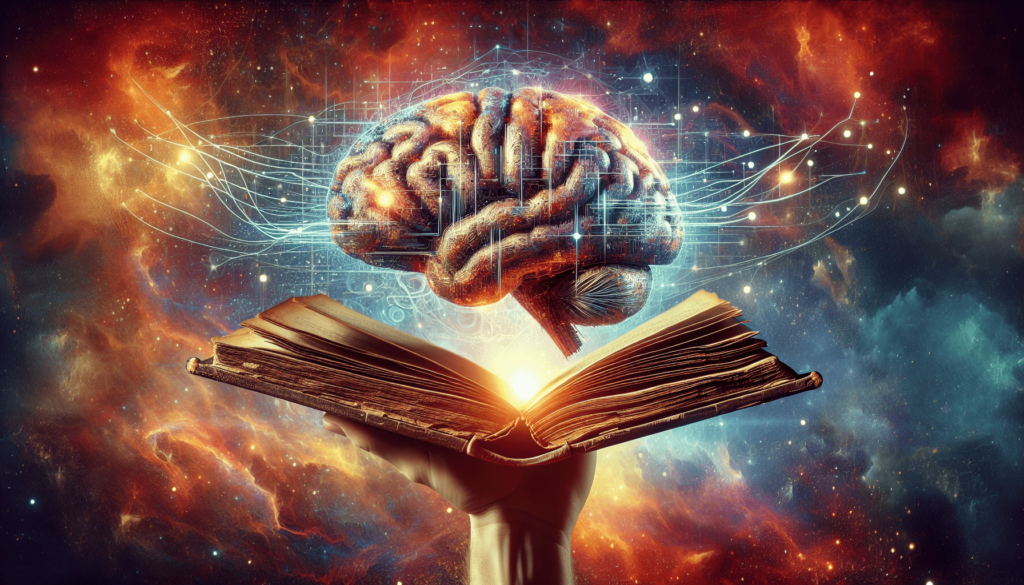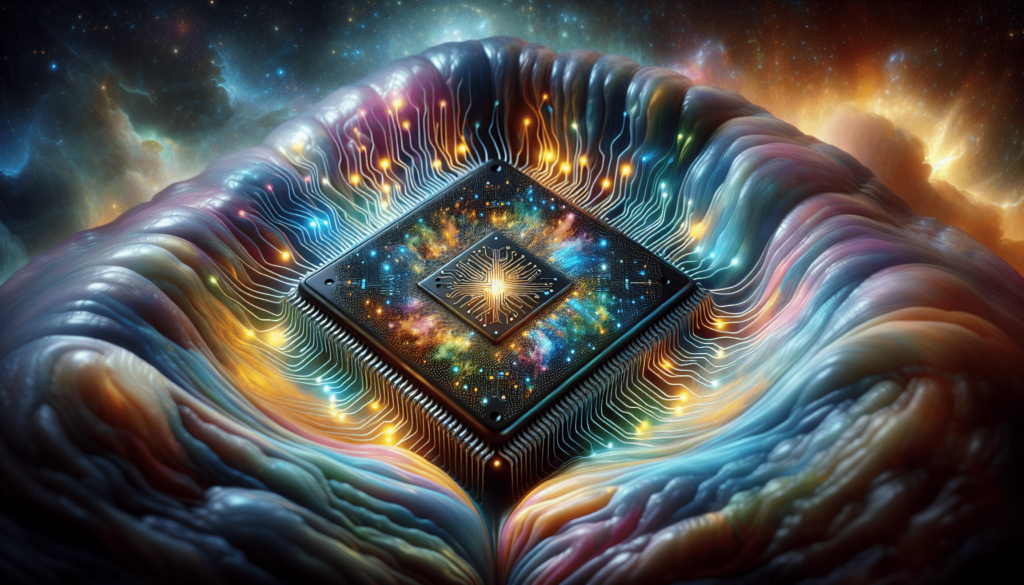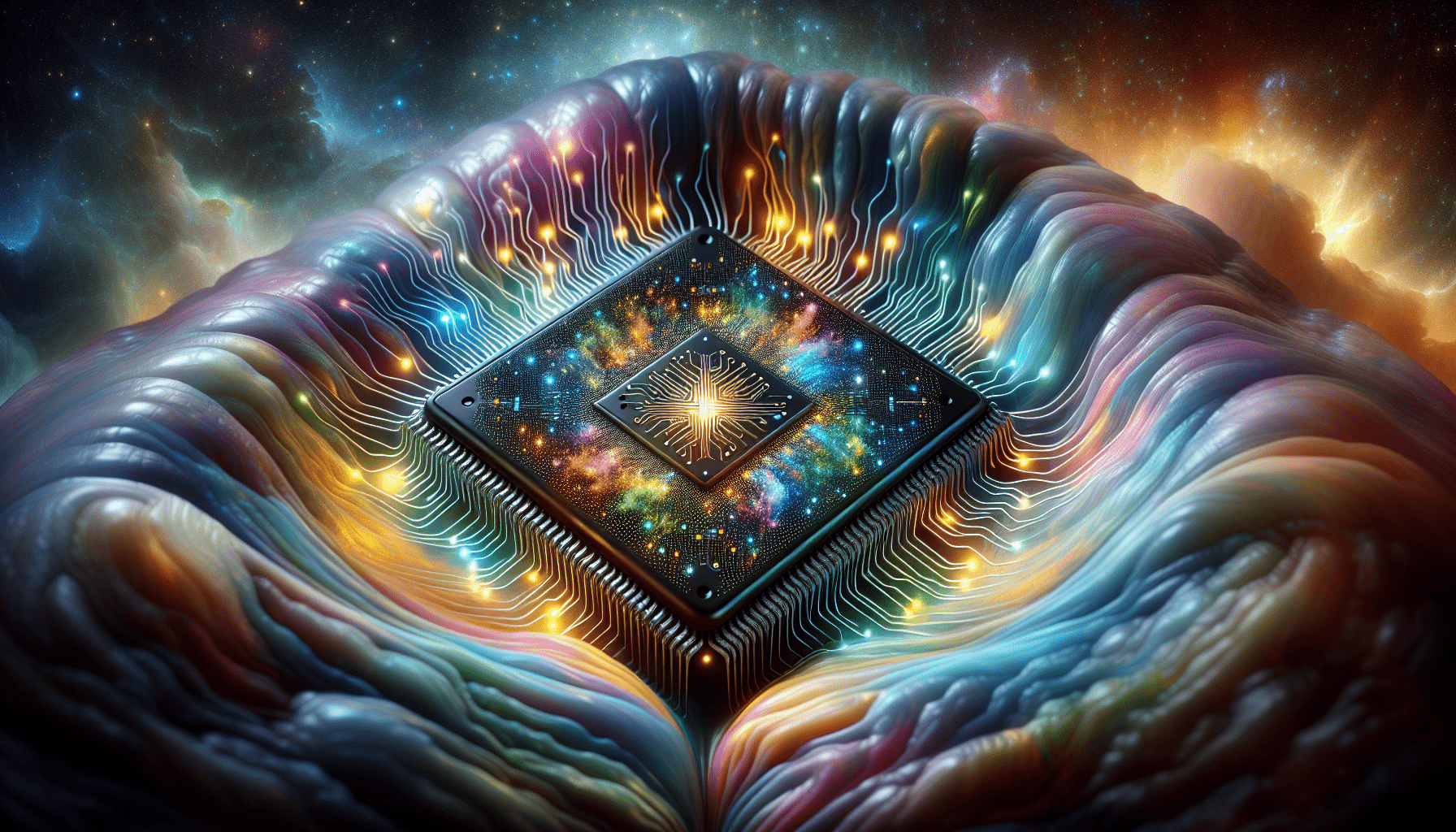Imagine a world where artificial intelligence (AI) is not only capable of analyzing data and performing tasks with great efficiency, but also possesses the ability to think creatively. While the notion may seem far-fetched, recent advancements in AI technology have sparked an intriguing debate: can AI truly be creative? As the boundaries between human intellect and machine intelligence continue to blur, exploring the potential for AI to exhibit creativity becomes an imperative quest. In this article, we will delve into the fascinating realm of AI’s creative potential and ponder the question on everyone’s minds: Can AI be creative?
Understanding AI
Definition of AI
Artificial Intelligence (AI) refers to the simulation of human intelligence in machines that are programmed to think, learn, and problem-solve like humans. It involves the development of computer systems and algorithms that can perform tasks that typically require human intelligence, such as speech recognition, decision-making, problem-solving, and visual perception.
Capabilities of AI
AI has made significant advancements in recent years, enabling machines to exhibit impressive capabilities. It can process vast amounts of data quickly, recognize patterns, and make predictions based on the available information. AI can also understand and respond to natural language, allowing for the development of voice assistants and chatbots that provide personalized experiences to users. Additionally, AI has proven to be highly valuable in tasks that require visual perception, such as image recognition and object detection.
The Creative Process
Overview of the Creative Process
The creative process is a complex and multidimensional journey that involves generating ideas, problem-solving, and developing innovative solutions. It encompasses various stages, including inspiration, research, ideation, experimentation, and refinement. Throughout this process, individuals draw upon their knowledge, experiences, and perspectives to generate new and unique concepts.
Defining Creativity
Creativity is often described as the ability to think or create in novel and valuable ways. It involves originality, fluency, flexibility, and the ability to generate ideas that bring about positive change. Creativity is not limited to artistic fields but is also essential in scientific breakthroughs, technological advancements, and business innovations.

Human Creativity
Characteristics of Human Creativity
Human creativity is characterized by the ability to think divergently, connect seemingly unrelated ideas, and envision new possibilities. It involves a combination of imagination, intuition, and critical thinking. Human creativity is driven by emotions, experiences, and the desire to express oneself. It is inherently linked to consciousness, self-awareness, and the ability to reflect on one’s own thoughts and actions.
Factors Influencing Human Creativity
Several factors influence human creativity, including individual traits, environmental conditions, and cultural influences. Personality traits such as openness, curiosity, and perseverance play a significant role in fostering creativity. Environmental factors, such as access to resources, educational opportunities, and supportive social networks, can also have a profound impact on an individual’s creative potential. Furthermore, cultural values, traditions, and societal expectations shape and influence the creative expressions of individuals and communities.
AI and Creativity
AI as a Tool for Creativity
While AI may not possess human-like consciousness or emotions, it can be a powerful tool to enhance and augment human creativity. AI algorithms and systems can assist in various creative tasks by analyzing large datasets, suggesting new ideas, and helping in the ideation and problem-solving process. By automating mundane or repetitive tasks, AI can free up human creatives to focus on the more complex and imaginative aspects of their work.
Simulation of Creativity in AI
Recent developments in AI have led to attempts to simulate creativity in machines. Researchers have made progress in areas such as generative adversarial networks (GANs), which can generate realistic and original content, such as images and music. Although these AI systems can produce impressive results, they still lack the depth of human creativity and the ability to fully understand the context and emotions involved in the creative process.

AI in Artistic Fields
AI in Visual Art
AI has shown immense potential in the field of visual art. It can analyze vast amounts of visual data, identify patterns, and generate original artwork. AI algorithms such as deep learning models can produce stunning visual outputs, imitating the style of famous artists or generating entirely new and unique designs. In addition, AI-powered tools can assist artists in the creative process by providing suggestions, automating repetitive tasks, and enabling new forms of expression.
AI in Music Composition
AI has also made significant strides in the realm of music composition. Using deep learning techniques, AI models can analyze vast musical databases, learn from existing compositions, and create original pieces. AI-generated music has been used in various applications, ranging from advertising jingles to film scores. While some argue that AI-generated music lacks the emotional depth and complexity of human compositions, others see it as a source of inspiration and a tool for collaboration between human musicians and AI systems.
Challenges and Limitations
Subjectivity and Objectivity in Creation
One of the challenges in AI-generated creations is the balance between subjectivity and objectivity. Creativity often involves subjective judgments and personal interpretations, which can be challenging for AI systems to replicate accurately. While AI algorithms can generate outputs based on statistical analysis and predefined rules, they may struggle to grasp the nuanced meaning and emotional depth that humans bring to their creations.
Contextual Understanding and Emotional Intelligence
Another limitation of AI in creativity is its lack of contextual understanding and emotional intelligence. Human creativity is deeply influenced by societal, cultural, and personal contexts. Understanding the context in which creative ideas emerge and the emotions they evoke is crucial for meaningful and impactful creations. AI, at present, lacks the ability to comprehend these complex contextual factors and emotions fully, limiting its potential for truly original and emotionally resonant creations.
Ethical Implications
Ownership and Authorship
As AI systems become increasingly involved in the creative process, questions of ownership and authorship arise. Who owns the rights to AI-generated creations? Should it be attributed to the human creator, the AI algorithm developer, or the AI system itself? Addressing these ethical concerns is essential to ensure fair recognition and compensation for the creative contributions of both humans and AI systems.
Ethical Responsibility in AI-generated Creations
AI-generated creations also raise ethical issues regarding the content they produce. AI algorithms learn from existing datasets, which may contain biased or problematic content. This can manifest in AI-generated art or music that perpetuates harmful stereotypes or offensive material. Developers and users of AI systems have a responsibility to ensure the ethical use of AI and actively mitigate any negative impact that may arise from AI-generated creations.
Future Implications
AI as Assistant or Replacement?
The future implications of AI in creativity are still uncertain. Some argue that AI will act as a powerful assistant, aiding and enhancing human creativity. AI systems can provide valuable insights, streamline workflows, and offer novel perspectives. However, concerns also exist that AI could replace human creatives altogether. While AI can simulate certain aspects of creativity, it is unlikely to fully replace the profound human ability to think, imagine, and interpret.
Collaboration between AI and Humans
A more likely scenario is a collaboration between AI and humans in creative endeavors. AI has the potential to complement human creativity by offering new tools, techniques, and perspectives. Through collaboration, human creatives can leverage the analytical capabilities and innovative outputs of AI, while AI systems benefit from human insight, emotional understanding, and subjective judgments. This blend of human and artificial intelligence could result in groundbreaking creative works that would be unattainable by either alone.
Debates and Perspectives
AI as a New Form of Creativity
The emergence of AI has ignited debates about whether AI can be considered a new form of creativity in its own right. Some argue that AI algorithms can generate original content that elicits emotional responses, making them creative beings in their own regard. Others maintain that AI’s ability to create is limited to mimicking and remixing existing patterns and lacks the true essence of human creativity. As AI continues to evolve, this debate is likely to intensify, challenging our understanding and definition of creativity.
Impact on Human Creativity
The increasing integration of AI in creative fields has sparked discussions about its impact on human creativity. Critics express concerns that reliance on AI may stifle human ingenuity, originality, and the development of essential creative skills. They fear that the convenience and efficiency provided by AI may discourage individuals from engaging in the more challenging and uncertain aspects of the creative process. On the other hand, proponents argue that AI can inspire, facilitate collaboration, and push the boundaries of human creativity, leading to new forms of expression and innovation.
Conclusion
Balancing the integration of AI and human creativity is a complex and ongoing process. While AI has shown remarkable capabilities and potential in enhancing creative tasks, it still falls short of fully replicating the depth, nuances, and emotional intelligence inherent in human creativity. As the development of AI continues, it is crucial to explore and understand its implications, address ethical concerns, and navigate the evolving landscape of human-AI collaboration. By harnessing the strengths of both human and artificial intelligence, we can unlock new frontiers of creativity and innovation, leading to a future where humans and AI coexist and thrive together.
